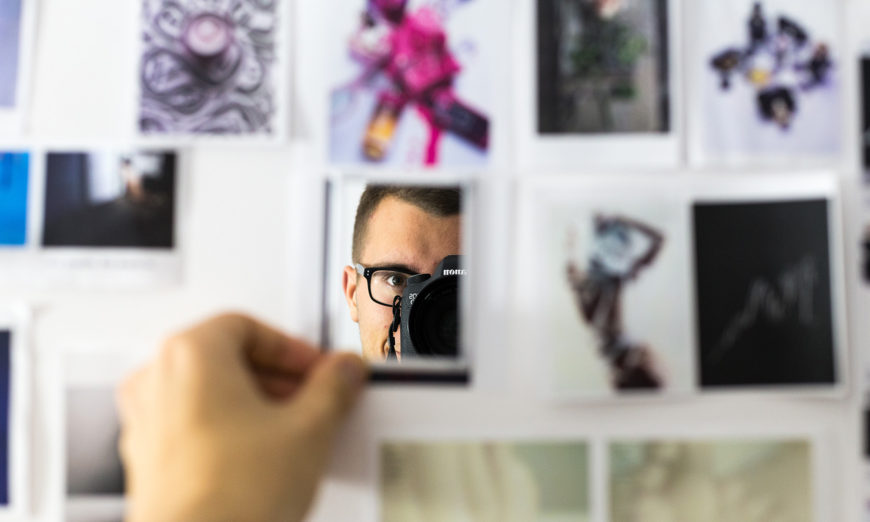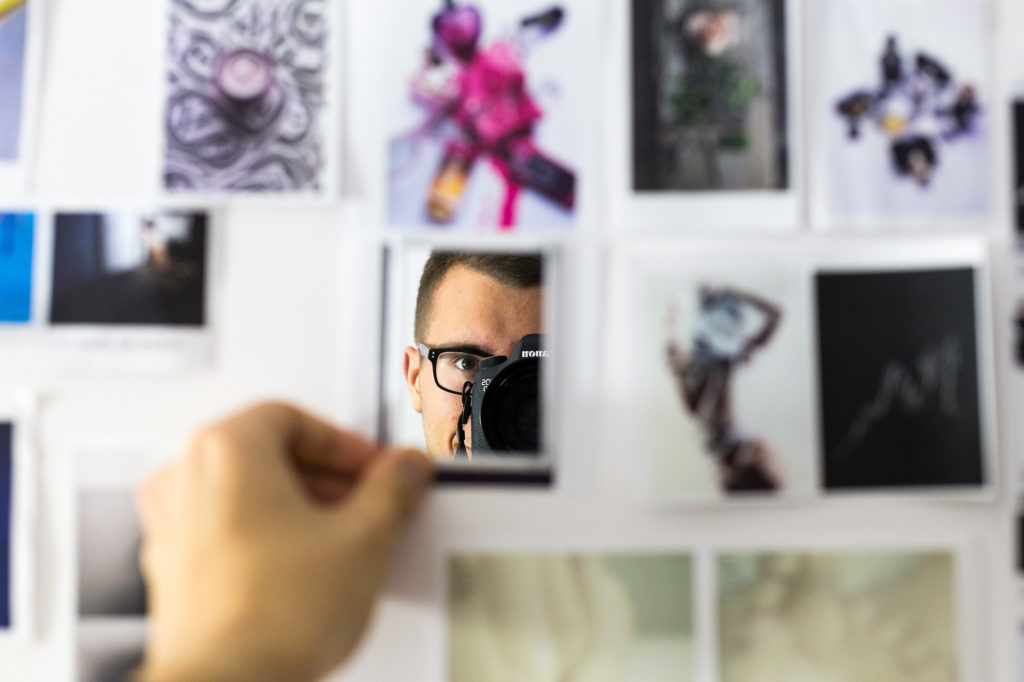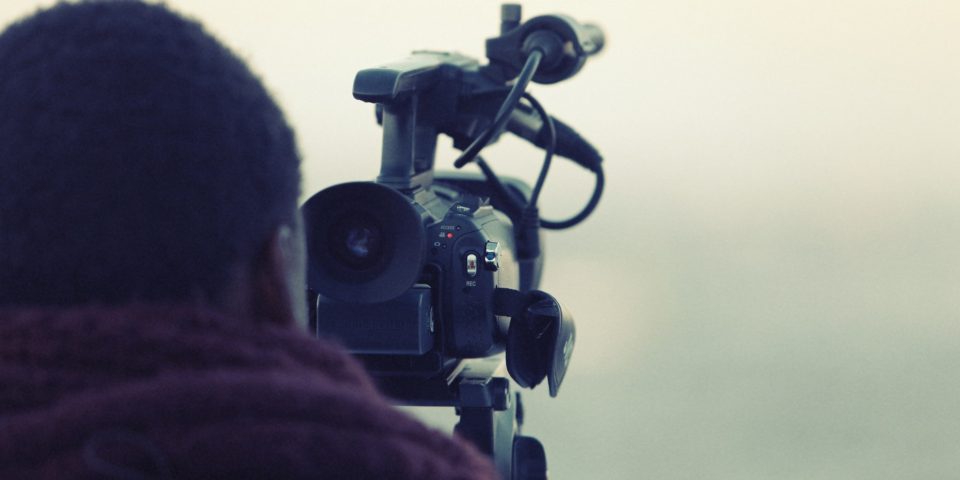Welcome to 2017, Instead of suggesting resolutions, I’m going to offer up some opportunities to push yourself creatively and improve your craft.
Start a 365 Photo Project
Creating a daily photo journal has become very popular in recent years, though by the time you read this, you may have some catching up to do. The challenge with the 365 is that you can burn out early, so plan ahead and consider adopting a weekly theme for inspiration. Did you know that some strains of marijuana can also boost your creativity? If it’s legal where you are, you could have a look at what sort of things a dispensary might be able to offer you.
Create a Photo Book
If you’ve been making images for a while, you probably have some favorites in your library. Consider making a photo book of your images using Adobe Lightroom or other online services. Photo books are hugely popular. Besides, most people own at least one coffee table style book, so why not piece one together yourself using your own images. You could even use your book to share photography tips and tricks, giving your book an informational purpose. As most literary agents will admit, there is a huge market for photography based literature out there. Who knows, you might even be able to get your photography book published one day. However, that being said, what you may not know is that you can make a Photo Book at Henry’s. You can get started here.
Take an In-Class Course
If you received a new camera, or an upgrade over the holidays, a Henry’s Learning Lab class can be a great way to ensure that you are familiar with your new camera. The 101 classes teach how to use and understand the core controls of your camera. The 201 classes are a natural follow-up and take a deeper look at shutter speed and aperture. If you wanted something a little more challenging, why not learn how to become a Freelance Cameraman? There is always a need for cameramen at PR events, along with weddings and other gatherings.
Learn at Your Own Pace
For those who can’t make it to a live class, you can also leverage Learning Labs’ online training courses. These are developed in conjunction with Kelbyone and taught by some of the industry’s most respected photographers. Check out the thousands of lessons available here.
Take in a Workshop
There are literally thousands of live workshops available that can take you into amazing situations while delivering an excellent learning environment. Henry’s offers a series of ongoing live workshops. Check back often to see what’s new and coming up. Henry’s also has an Events page where other events are listed that you may be interested in If these aren’t convenient to where you live, check with local camera clubs, and online for a live workshop that you can participate in.
Try Something New
Growing as a creative means constantly learning. If you are a photographer, learn to master your hotshoe flash. You’ll never look at bad light the same way again. If you are a videographer, take a cinematography class or workshop with a professional. If you are a documentary creative, take a class in script-writing. If you edit images or videos, learn to master your editor of choice. In addition to classes via Learning Labs, I recommend the courses at CreativeLive and Lynda.com, particularly for advanced skills such as Adobe After Effects or Advanced Photoshop, or learn Adobe After Effects faster with FMC’s online training courses.
Learn to Understand the Histogram or Waveform
No matter what you create, the camera records what it sees. You can help ensure that the camera sees as much of what you see as possible by really learning to read and use the histogram or waveform, whether the mostly accurate one on the camera, as well as the much more accurate one in your post processing software. Don’t judge exposure by eye. Make smart decisions before you press the trigger, as well as before you move on.
Carry Your Camera with You Everywhere
It’s often said that the best camera is the one you have with you. For lots of people, this is the smartphone and it’s “good enough”. My dear friend Larry Frank, former head of the Nikon School of Photography, explains that the headrest on the passenger seat of the vehicle is there to hold your camera strap so it’s always with you. Always have it available so you can stop and make an image or clip when you see the opportunity. Trust me, the thought that you will go back later and get the shot is guaranteed to fail.
Start or Refresh Your Portfolio or Demo Reel
A portfolio or demo reel should be refreshed regularly, so if yours is stale, it’s time to get at it. Video trends move very quickly so you will want to be on top of your demo reel all the time. Make prints and put them in a portfolio book. If everyone else is showing up with a tablet, or worse, a smartphone, show your differentiation in another way with real prints. A good portfolio and demo reel should ONLY contains your 5 Star work. Always remember that your lowest quality work will define your capability to the viewer. Never include work shot during a complex workshop because it will be immediately apparent that while you may have clicked the shutter or operated the camera, you weren’t responsible for everything else. When I have had to be a judge or act as an Editorial Director, I learned from the pros o ignore anything that was not done completely by the submitting creative.
In Closing
We always have a learning opportunity ahead of us. How we choose to embark on them and embrace them is up to us. Have a great 2017!



